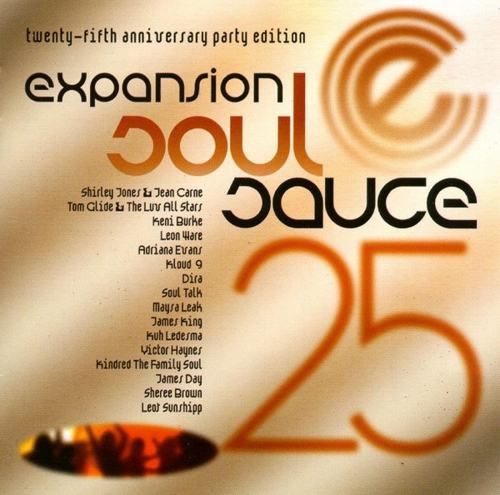Sergio Azzolini, Davide Pozzi, Ai Ikeda, L'aura Soave Cremona - Il fagotto virtuoso : Sonate italiane del s. XVIII (2015)
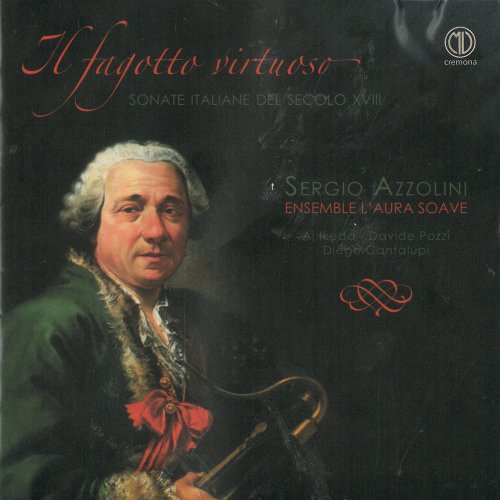
Artist: Sergio Azzolini, Davide Pozzi, Ai Ikeda, L'aura Soave Cremona
Title: Il fagotto virtuoso : Sonate italiane del s. XVIII
Year Of Release: 2015
Label: MV Cremona
Genre: Classical
Quality: flac lossless (tracks)
Total Time: 01:11:38
Total Size: 374 mb
WebSite: Album Preview
TracklistTitle: Il fagotto virtuoso : Sonate italiane del s. XVIII
Year Of Release: 2015
Label: MV Cremona
Genre: Classical
Quality: flac lossless (tracks)
Total Time: 01:11:38
Total Size: 374 mb
WebSite: Album Preview
01. Bassoon Sonata: I. Allegro
02. Bassoon Sonata: II. Adagio
03. Bassoon Sonata: III. Allegro
04. Sonata per basso solo (Attrib. to G. Tartini): I. Adagio
05. Sonata per basso solo (Attrib. to G. Tartini): II. Allegro
06. Sonata per basso solo (Attrib. to G. Tartini): III. Tema e variazioni
07. Harpsichord Sonata No. 8 in C Minor, Op. 4, No. 2: I. Fantasia. Allegro
08. Harpsichord Sonata No. 8 in C Minor, Op. 4, No. 2: II. Adagio
09. Harpsichord Sonata No. 8 in C Minor, Op. 4, No. 2: III. Allegro
10. Harpsichord Sonata No. 8 in C Minor, Op. 4, No. 2: IV. Presto
11. Bassoon Sonata in B-Flat Major: I. Allegro
12. Bassoon Sonata in B-Flat Major: II. Adagio
13. Bassoon Sonata in B-Flat Major: III. Presto
14. Bassoon Sonata: I. Allegretto
15. Bassoon Sonata: II. Larghetto
16. Bassoon Sonata: III. Tema e variazioni
17. Bassoon Sonata No. 1: I. Allegretto
18. Bassoon Sonata No. 1: II. Cantabile
19. Bassoon Sonata No. 1: III. Allegro
In the panorama of musical instruments developed from the Renaissance up to our present day, a fundamental role was played by composers and often even instrumentalists and virtuosi of the instruments they wrote for. If the choice of one model of baroque bassoon for music from the early 1700s or a classical model for that of the early 1800s seems pretty much a given, one must pay close attention in determining the instrument suited to the performance of this ‘transitional’ repertory. This serves to guarantee not only a historically informed performance, but one which is also organologically correct.
At the root of instrument choice lie two fundamental considerations. Bearing in mind that the evolution from the baroque to the classical instrument developed in numerous intermediate stages, one is lead to believe that the older instruments were not immediately dismissed upon the arrival of a new model but continued their life for a certain number of years. In addition, every composer wrote for a specific model of instrument, taking full advantage of its features of extension and expressiveness. The instrumentalist of old found himself in a position where he had to be a virtuoso (that is, to play with ‘virtue’) to perform a specific repertory. ‘Virtuoso’ playing here means not the quantity and speed of the notes, but the capacity to fully exploit the instrument and do so in an extreme way, from extension to the expression of affects.
It is therefore clear that performing this repertory on a classical instrument would certainly be easier but would likewise be an anachronism. Furthermore, the nmost characteristic traits of each piece, and the repertory in general, would be distorted. Thus we have chosen to utilise two baroque bassoons for the recording. (A 'virtuoso' Bassoon by Sergio Azzolini)
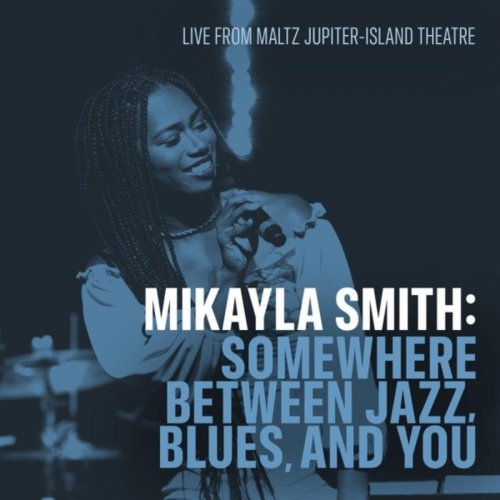
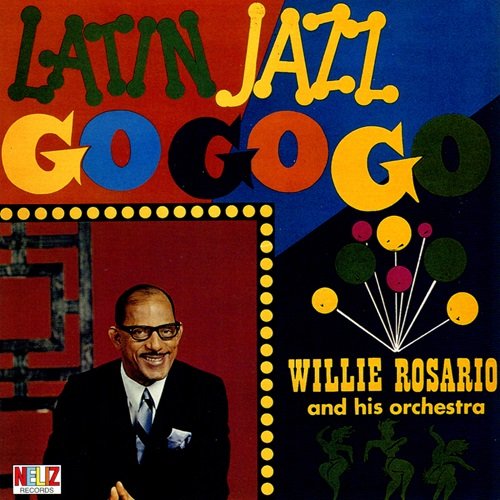
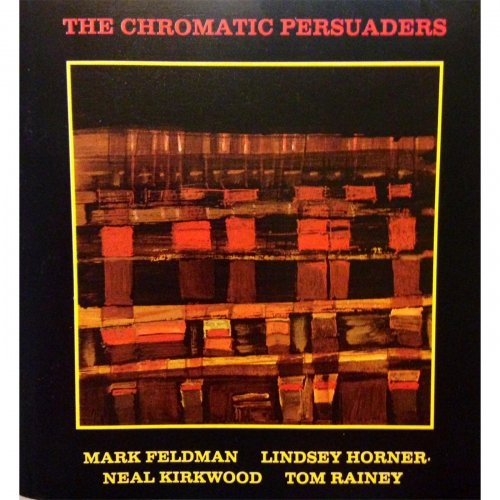
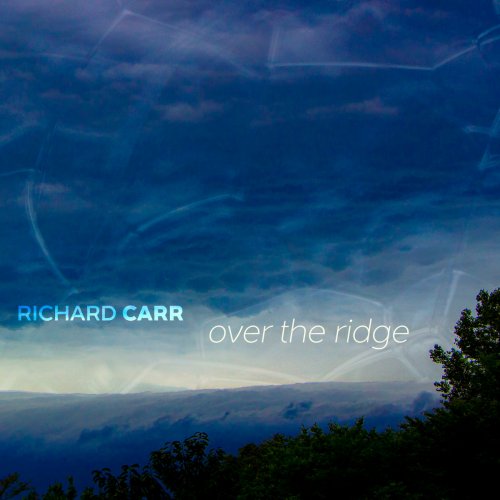
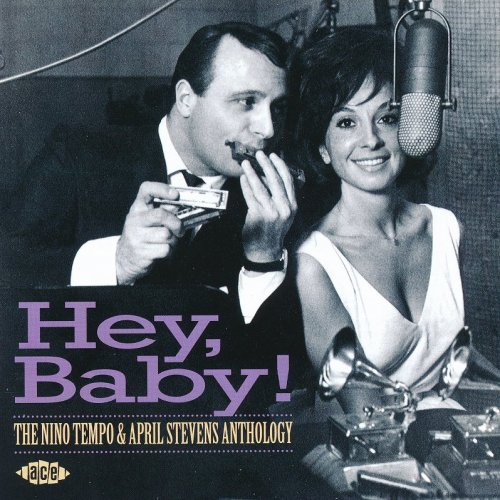
![Specht - Dawn (2022) [Hi-Res] Specht - Dawn (2022) [Hi-Res]](https://img.israbox.com/img/2025-12/21/6134nsos4nwrfp8p503nmr24q.jpg)
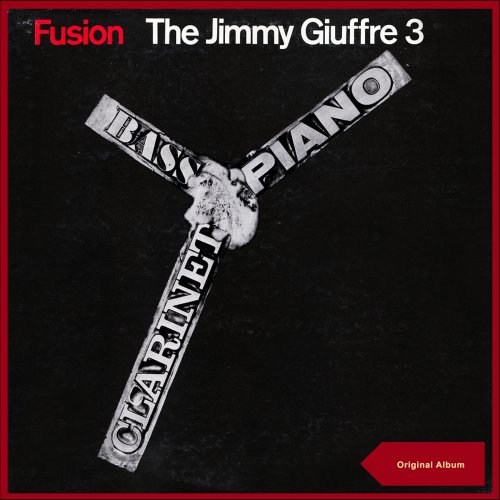
![Lionel Hampton - Many Splendored Vibes (Remastered) (2022) [Hi-Res] Lionel Hampton - Many Splendored Vibes (Remastered) (2022) [Hi-Res]](https://www.dibpic.com/uploads/posts/2025-12/1766397160_lhsv500.jpg)
